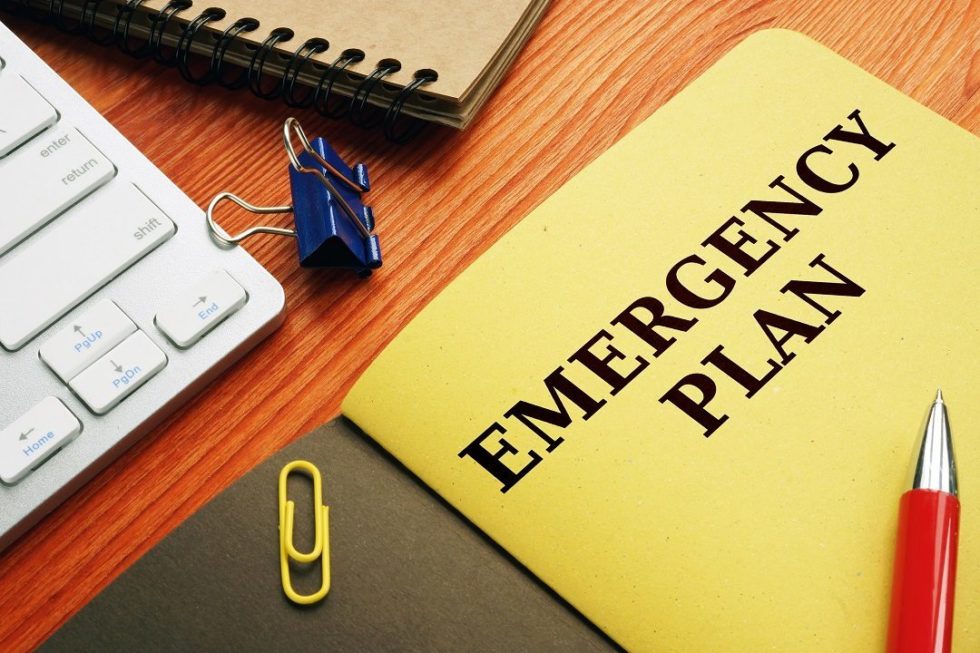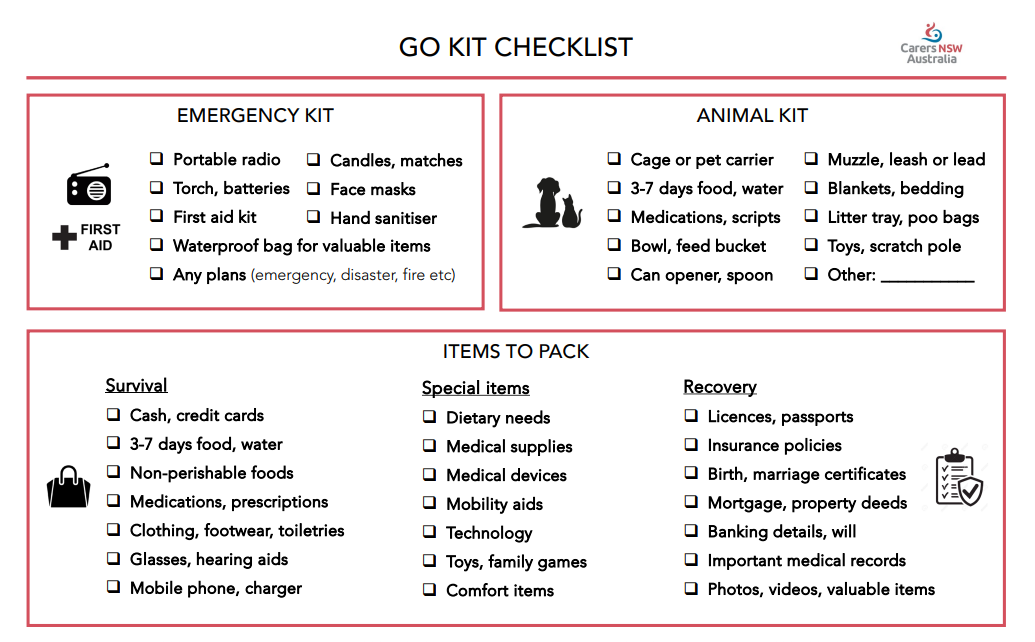Emergency Care Plan
Do you have an emergency care plan? What is an emergency care plan? Ask your home care provider to develop one and share it with you.
When you care for somebody who depends on you, putting your life on hold while you deal with sudden illness, accidents, family troubles or emergencies may not be an option. Having a plan in place can ease worry and stress when unforeseen events do occur.
What is an emergency care plan
Your emergency care plan should include:
- personal information about the person you care for (name, address, age, condition, health)
- details of any emergency contacts, including
- family and friends
- guardians or someone who may have a power of attorney
- health professionals
- medical history
- a list of medicines and how and when they should be given
- care needs, such as what they usually eat and drink and details of personal care
- a list of the regular support services they use and upcoming appointment dates, times and locations
- anything else you think someone taking over for you in a hurry would need to know
What is a carer emergency card
A carer emergency card is a card you can carry in your wallet to let people know that you care for someone. It’s a good idea to carry an emergency card to make sure the person you care for will be supported if something happens to you.
This card has the contact details of people who have your emergency care plan and anyone else who can help the person you care for if something happens to you.
The person you care for should also carry a card in their wallet to let people know they are being cared for by you.
Create your emergency plan
Your Emergency Care Plan will capture the contact details of people who have agreed to fill in for you in an emergency. It will also include instructions on the care and support they may need to provide.
The plan helps you record health information about the person you care for, their medications, the care they need, and a list of the regular support services they receive. You can also include expectations you have for the person who steps into the caring role.
Helpful tips:
- Talk to the person you care for and include them in planning where possible
- Think about the best people to stand in for your caring responsibilities
- Ask if they are prepared to act as emergency contacts
- Be sure the people you choose accept the level of commitment they are taking on and understand and are comfortable with the tasks they might need to perform
- Confirm the details about the person you are caring for are correct by checking with the person’s doctor, pharmacist, and service providers
- Give a copy of your plan to each of your emergency contacts
- Keep the original in a safe but visible place, like the top of the fridge
- Update your plan every year or sooner if there are significant changes to your caring situation, the person’s needs or your emergency contacts.
More information on making an Emergency Care Plan via Carer Gateway
Planning for emergencies
The emergency might involve the person you care for. For example, they might fall and break a bone or their mental health might suddenly get worse. It’s good to know what to do in a crisis and be ready for emergencies like these.
The emergency might also involve you. You might get sick, have an accident or have to leave home suddenly. Having a plan in place means that if something goes wrong, the person you care for can still be supported.
Once you have filled in the plan, you should save it to your phone or computer. You should also print out copies of the plan, and:
- keep a copy of the plan somewhere safe and easy to see in your home. You should also keep a copy of important documents such as wills, guardianship and powers of attorney with your emergency care plan
- take a copy with you when you leave home or travel with the person you care for
- give a copy to each of your emergency contacts
- give a copy to your doctor, and anyone else who may need to know what to do
Once you have filled in the carer emergency card, you should put it in your wallet. Once you have filled in the emergency card for the person you care for, they should put it in their wallet or carry it with them.


